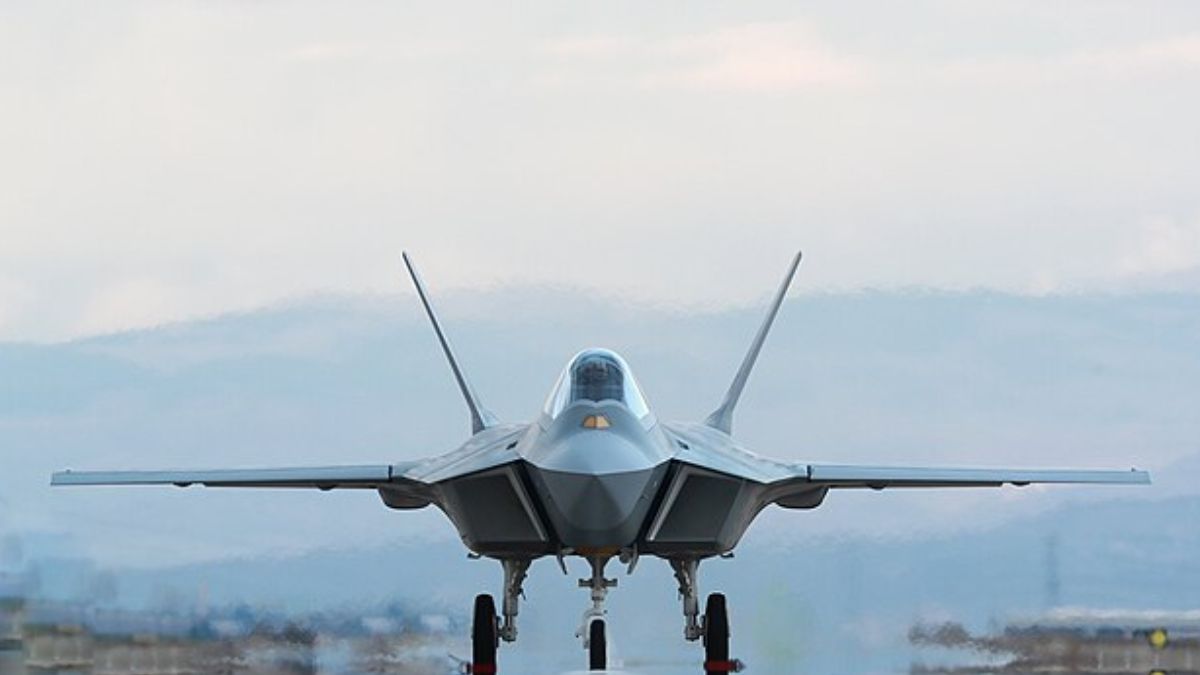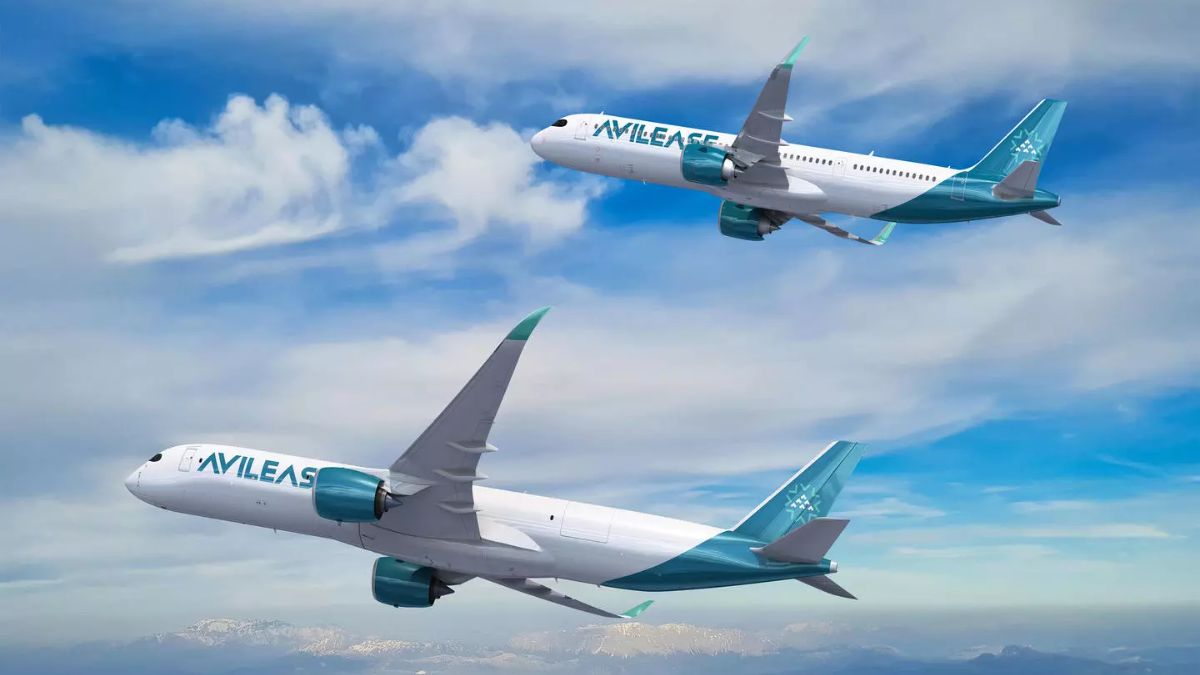Indonesia-Turkey $10 Billion Fighter Jet Deal: What Does It Mean for Both Nations?

Kaan fifth-generation fighter jet. Image Courtesy: Wikimedia Commons
In a major step towards expanding its aerial combat capabilities, Indonesia has signed a landmark agreement with Turkey to acquire fifth-generation fighter jets.
The deal, worth over $10 billion, was announced during the Indo Defence 2025 exhibition in Jakarta and is being hailed as the largest defence export contract in Turkish history, according to multiple media reports.
What has been agreed between Indonesia and Turkey?
Indonesia has signed a long-term agreement to procure 48 units of the Turkish-built Kaan fifth-generation fighter aircraft. The deal is reportedly valued at more than $10 billion and will be implemented over ten years.
As part of the agreement, some components of the aircraft will be co-produced in Indonesia, signalling a deeper industrial collaboration.
What is the significance of this deal for Turkey?
This deal represents the largest defence export contract in Turkey’s history, according to Turkish President Recep Tayyip Erdogan. Analysts say the agreement provides a critical financial boost to Turkey’s Kaan programme, which has faced significant funding challenges since its inception in 2010.
The order volume from Indonesia is expected to reduce per-unit costs, potentially making the aircraft more attractive to other buyers.
Why is Indonesia opting for the Kaan fighter jets?
Jakarta’s move is aimed at modernising its air force by phasing out older platforms such as the F-16s. This procurement also fills the gap left by Indonesia’s withdrawal from the South Korea-led KF-21 fighter programme.
Reports indicate that while the KF-21 has advanced features, it does not fully qualify as a fifth-generation aircraft. The Kaan, by contrast, is being marketed with limited sixth-generation technologies, such as artificial intelligence integration and drone teaming capabilities.
How will the Kaan programme benefit from Indonesia’s involvement?
Experts quoted in media reports believe that Indonesia’s entry into the programme may enhance the aircraft’s appeal in Asia and the Islamic world. Countries like Qatar, Saudi Arabia, and Azerbaijan are reportedly watching the Kaan project closely.
Increased orders could lower unit costs and encourage other nations to join, especially those seeking alternatives to US or European platforms.
What is the development status of the Kaan fighter?
The Kaan fighter jet conducted its maiden flight in February 2024. The prototype currently uses General Electric F110 engines, also used in Turkey’s F-16s, while Turkish Aerospace Industries (TAI) is working on an indigenous engine.
The first deliveries to the Turkish Air Force are planned by the end of 2028, although some analysts suggest that initial operational capability might only be reached by 2030.
What does this mean for global fighter jet markets?
The deal marks Turkey’s emergence as a new player in the fifth-generation fighter jet market, traditionally dominated by the United States, Russia, and China.
It also reflects a growing trend of defence diversification among Southeast Asian nations, which are seeking advanced platforms that do not necessarily depend on traditional Western suppliers.







